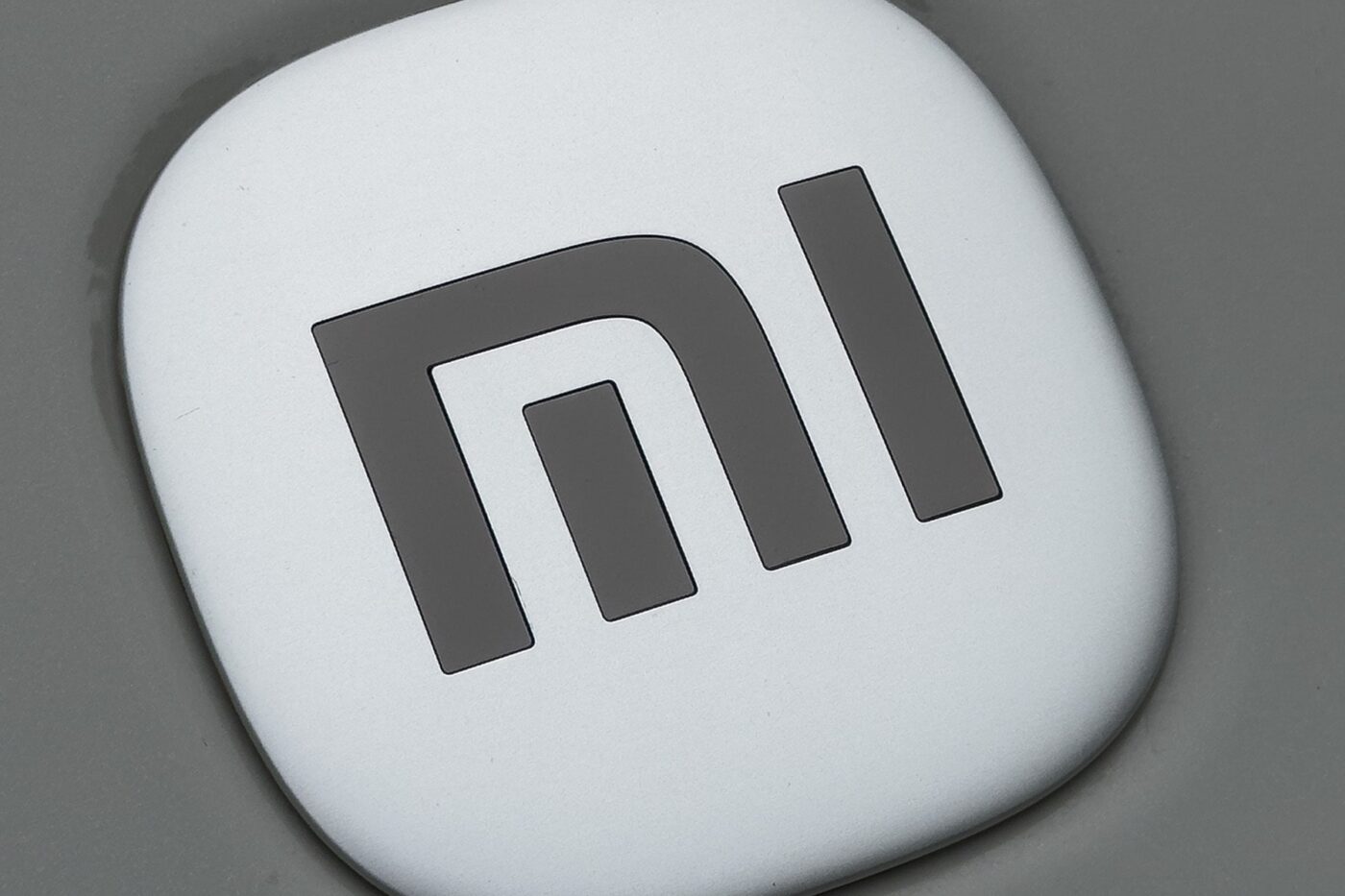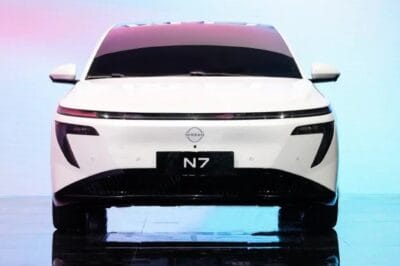Xiaomi crash in China raises questions about autopilot
Shortly before the collision on 29 March, the Xiaomi SU7 was travelling at 116 kph on a motorway in the eastern Chinese province of Anhui – with the NOA driving assistant switched on.
As the car approached a roadworks construction site, the vehicle sounded the alarm and switched to manual mode. The car then braked, but a few seconds later crashed into a barrier at a speed of 97 kilometres per hour. The car burnt out after the crash, killing three people.
The reason why the car crashed into the obstacle is still being investigated. Xiaomi has handed over the driving and system data to the police and has made its own statements.
Xiaomi has already taken to the social media platform Weibo to address the crash, casting some of the blame on the driver: “According to preliminary understanding, the vehicle was in the state of NOA intelligent assisted driving before the accident and continued to drive at 116km/h speed. Due to construction repairs, the roadblock was used to close the lane and divert to the reverse lane. The vehicle issued a reminder after detecting the obstacles and began to slow down. The driver then took over the vehicle and entered the manned driving state, continuously slowed down and controlled the vehicle’s steering, and then the vehicle collided with the slime pile in the isolation zone. The speed that the system could finally confirm before the collision was about 97km/h.”
The economic reaction to the crash was quicker than the police investigation: Xiaomi’s shares have dropped five per cent immediately following the crash. Reuters also reports on the CEO making his own statement several hours after the company response, where Lei Jun promises the company’s cooperation: “At this point, I feel that I should not wait any longer, I must stand up and promise on behalf of Xiaomi: no matter what happens, Xiaomi will not evade.”
Xiaomi started delivering the SU7 early last year, and the model is quite popular in China. In 2027, the company wants to start exporting the car to global markets.





1 Comment